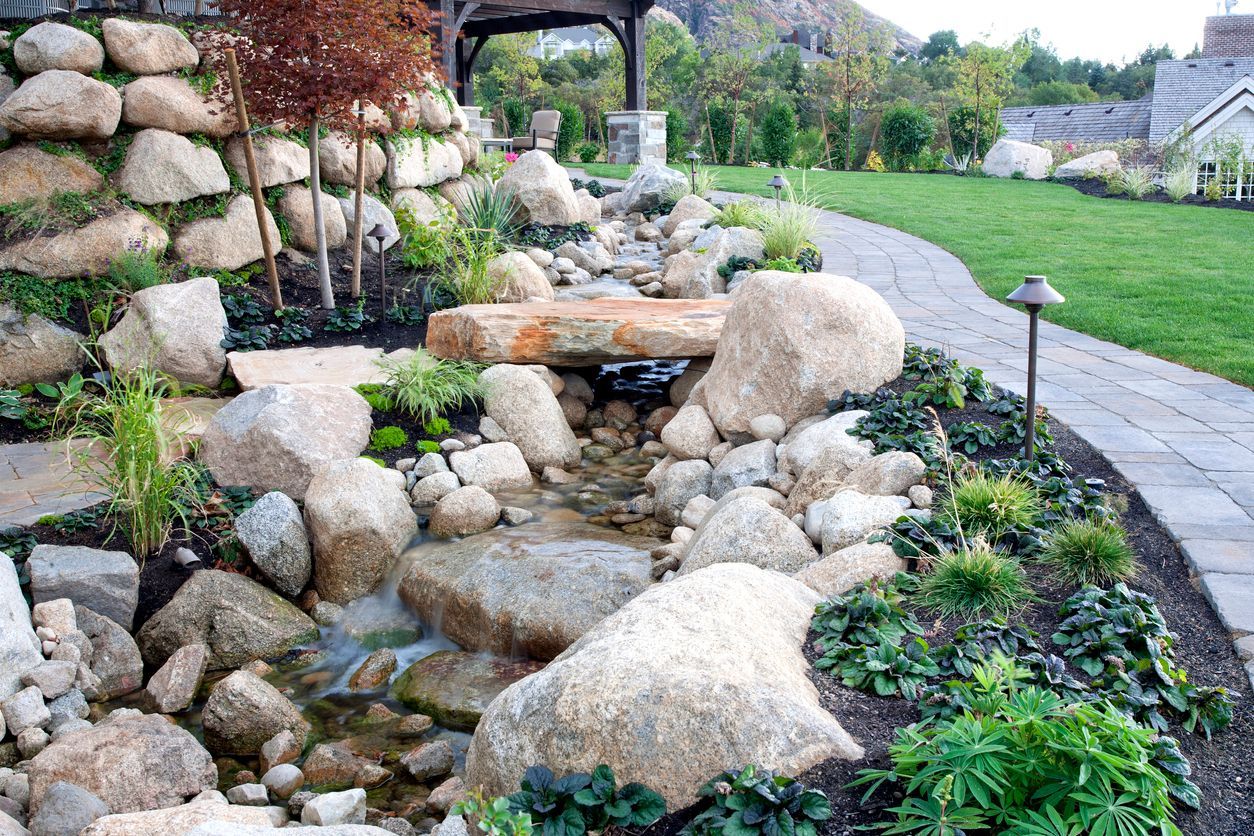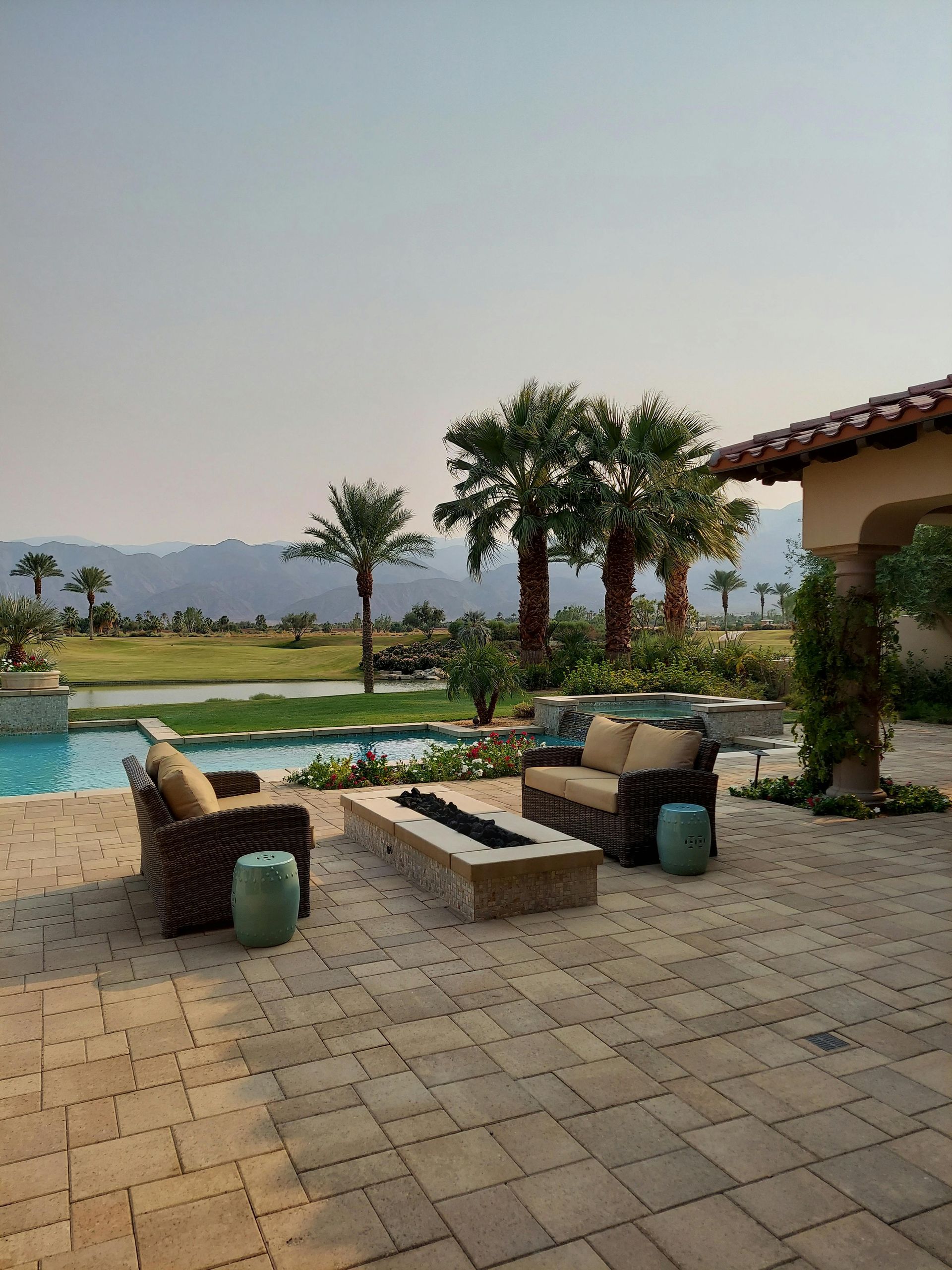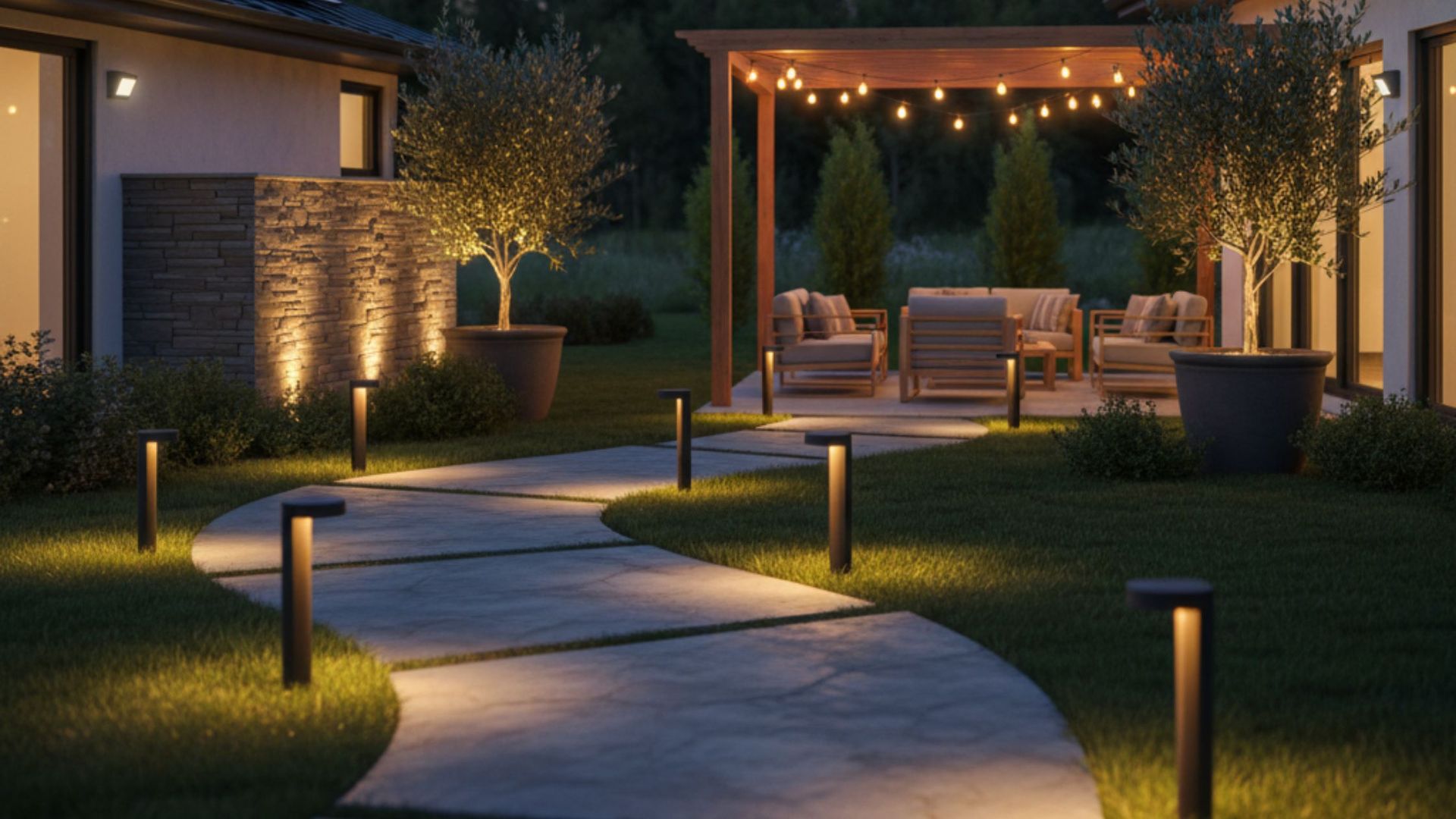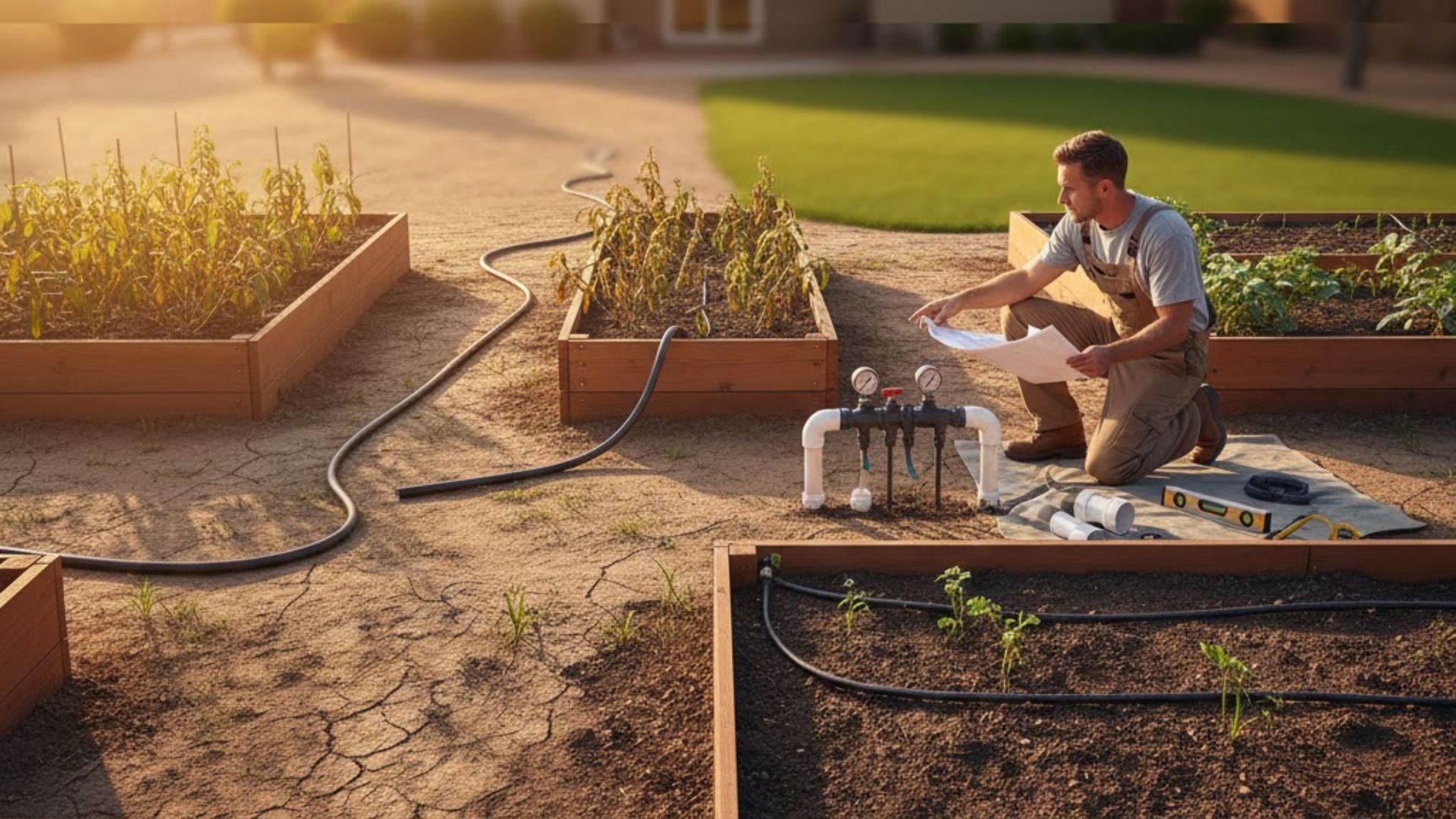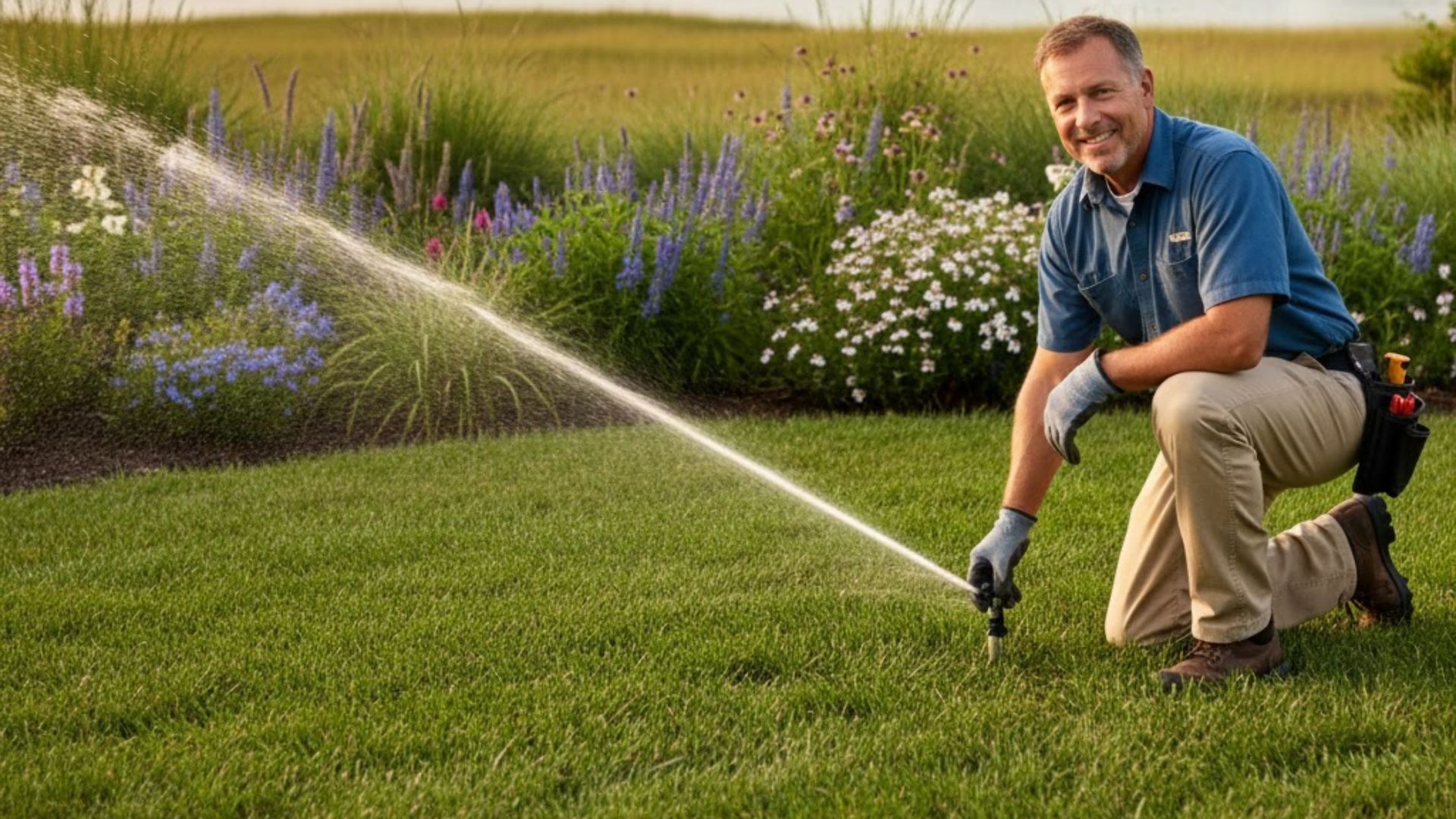What’s the Difference Between a “Standard” and a “Custom” Drainage System?
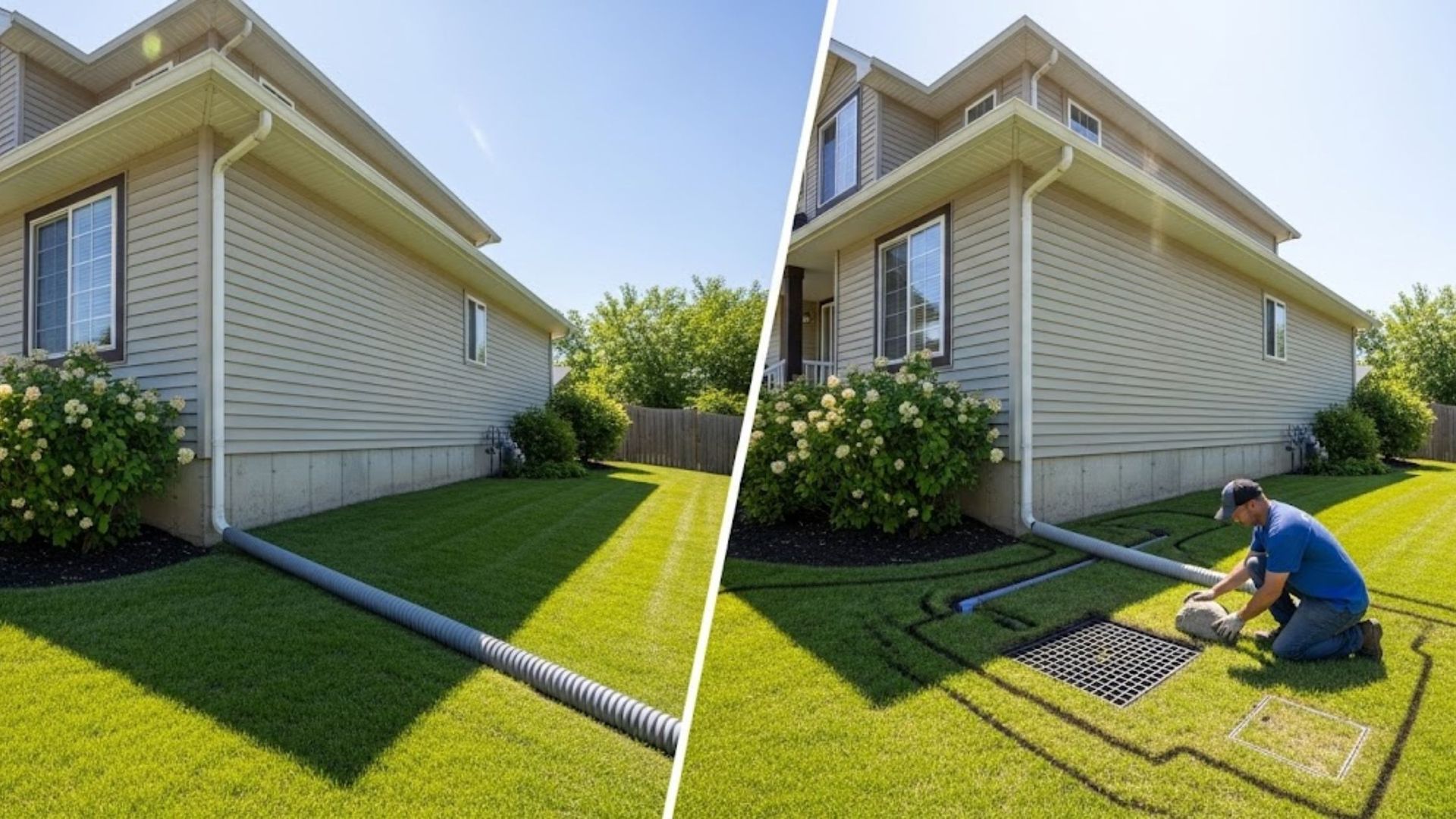
Water management ranks among the most critical considerations for any property, from suburban lawns to expansive commercial sites. In regions prone to heavy rainfall or soil compaction, standing water can undermine foundations, encourage mold growth, and erode landscaped areas. Custom Drainage Systems are engineered to address these site-specific challenges, delivering tailored performance that off-the-shelf, one-size-fits-all drainage options simply cannot match. By comparing standard and custom approaches, property owners can make informed decisions that align with their unique topography and long-term maintenance goals.
What are the main differences between standard and custom drainage systems?
Custom Drainage Systems emerge from a deep understanding of site conditions and owner requirements. Unlike standard setups—pre-manufactured, mass-produced, and designed for average scenarios—custom designs start with an exhaustive site assessment and finish with precision-fabricated components tailored to exact dimensions and performance needs. This bespoke approach minimizes potential failure points by reducing joint count, optimizing flow paths, and integrating materials that suit environmental stresses. A standard drain might suffice for uniform lawns, but properties with varied slopes, heavy clay soils, or irregular footprints often demand a more refined solution.
Definitions of standard and custom systems
A standard drainage system usually employs modular channels, segmented pipes, and generic fittings sourced from big-box suppliers. Installers select from fixed lengths and diameters, then adjust on site by cutting or coupling as needed. Performance often meets baseline requirements, but the risk of misalignment, uneven slopes, and clogs rises in complex landscapes. By contrast, a custom drainage system begins with digital modeling of the terrain, leading to channels and grates manufactured to exact lengths and depths. These tailored drainage solution components synchronize perfectly with the property’s contours for seamless performance.
Material and design precision
Custom designs prioritize material selection based on exposure and usage. High-grade polymers, stainless steel alloys, or corrosion-resistant composites can be specified for areas prone to chemical runoff or salt exposure. Designers also calculate loading requirements for vehicular traffic versus pedestrian zones, ensuring grates and channels bear anticipated forces without deformation. Conversely, standard systems typically rely on a single material grade—often mid-density polyethylene—which may not hold up under heavy loads or corrosive conditions. This disparity underlines why a custom approach frequently yields longer service life and fewer mid-cycle repairs.
How do standard drainage systems operate?
Standard drainage systems function on basic hydraulics and gravity flow principles. They collect surface water through inlets or grated channels, direct it into perforated collection pipes, and discharge it away from building foundations or into stormwater systems. Their simplicity makes them easy to source and install, with installers following manufacturer-provided layouts. However, in soils prone to settling or in areas with shifts in grade, these systems can experience ponding if the slope isn’t perfectly uniform. They excel in straightforward landscapes but can underperform when confronted with irregular terrain or high water volumes.
When should property owners consider a tailored drainage solution?
Properties with dynamic water challenges—flash flooding, heavy clay soils, or steep embankments—benefit most from a tailored drainage solution. Homeowners noticing frequent surface runoff near their foundation, persistent soggy spots, or erratic discharge points signal the need for a custom approach. Commercial properties with large pavement areas also demand precision, as localized pooling can damage asphalt and create safety hazards. In agricultural settings where efficient drainage underpins crop health, a site-specific design prevents waterlogging and soil erosion. Recognizing these pain points early can guide decision-makers toward long-term savings and superior performance.
In-depth information on designing a precise, site-specific system can be found by exploring Process for Designing a Custom Drainage System, which outlines each step from soil analysis to final trench layout.
What unique property challenges necessitate custom drainage?
Landscapes rarely remain uniform. Variations in soil composition, slope gradients, and underlying rock formations present unique property challenges that may overwhelm a generic drainage layout. For instance, high clay content leads to poor infiltration, while sandy soils drain too quickly and erode. Additionally, properties adjacent to roadways or commercial facilities might contend with contaminated runoff requiring specialized filters. Standard drains lack the flexibility to adapt to these nuances, whereas custom systems can integrate sediment traps, oil-water separators, or adjustable flow controls to meet regulatory and performance targets.
Soil and topography factors
Topography dictates how water moves across a site. Mild slopes encourage gradual sheet flow, while steep grades accelerate runoff, requiring more robust channel capacities. Soil texture further complicates matters: clay holds water close to the surface, and silty soils can clog perforated pipes. Pre-installation soil permeability tests inform engineers whether infiltration trenches, French drains, or catch basins will best mitigate runoff. By contrast, standard systems rarely account for these granular details, risking premature clogging or localized flooding.
Architectural and landscaping constraints
Modern properties often feature hardscape elements—pavers, retaining walls, patios—that interrupt natural water pathways. A tailored drainage solution can weave around these features, maintaining aesthetic integrity while providing effective water management. Custom grates might match the patio’s paver pattern, and channels can be routed beneath landscape beds to preserve curb appeal. Conversely, standard drainage kits force compromises: cutting through finished surfaces or rerouting hardscapes for off-the-shelf channel fit.
How are custom drainage systems designed and installed?
Developing a custom drainage system involves a multistage process: initial assessment, detailed engineering, component fabrication, and meticulous installation. Each stage builds on empirical data and precision modeling to ensure the final system meets performance, aesthetic, and budgetary goals. By engaging experienced designers and installers, property owners gain a clear roadmap from concept to completion, reducing the risk of scope creep and unplanned costs.
Site assessment and planning
The first step in any bespoke drainage engagement is a comprehensive site assessment. Surveyors chart elevation changes with laser instruments, soil scientists conduct percolation tests, and landscape architects note existing vegetation that may help or hinder drainage. These assessments inform the design team’s decisions on trench locations, pipe slopes, and discharge outlets. Aligning planning with local stormwater regulations and permitting requirements also ensures compliance and avoids legal pitfalls.
The benefits of planning every detail
Well-executed plans deliver multiple advantages: accurate material estimates reduce waste, equipment needs align with job scope, and scheduling becomes predictable. Early identification of underground utilities—water lines, electrical conduits, gas mains—prevents costly delays or accidental damage. Moreover, coordinating with other trades (e.g., masonry or irrigation installers) streamlines workflow. As a result, custom installations typically complete faster than fragmented, on-the-fly standard systems where change orders proliferate.
Engineering and component selection
Once site data is collected, drainage engineers specify component dimensions, materials, and hydraulic performance requirements. Channels may be CNC-cut to exact lengths, down to the millimeter, and grates laser-etched to match surface patterns. Engineers calculate flow rates for peak storm events, selecting pipe diameters and slopes that maintain self-cleansing velocities. Specialized filters or sump pits can also be integrated to handle debris, grease, or chemical contaminants, ensuring long-term reliability.
Installation best practices
Precision installations rely on experienced crews and calibrated equipment. Trench depths adhere strictly to designed grades, verified with transit levels and digital inclinometers. Bedding layers use well-graded aggregate to stabilize pipes and prevent settlement. Backfill techniques vary based on soil type: free-draining materials surround pipes in clay soils, while compacted lifts restore density in sandy zones. Continuous inspection and field testing—using flow checks and inspection cameras—confirm that each system functions as designed before backfilling.
What are the cost considerations for standard vs. custom drainage?
Budgeting for drainage encompasses more than upfront material and labor costs. While standard systems generally carry lower initial price tags due to mass production and minimal engineering, they can incur hidden expenses over time. Custom solutions demand larger design fees and precision fabrication costs but often deliver superior lifespan and fewer maintenance events. Owners should evaluate total cost of ownership—upfront plus ongoing service—rather than chasing the lowest sticker price.
Upfront costs and budgeting
Standard drainage kits can cost up to 40 percent less on a per-linear-foot basis because they leverage economies of scale and require minimal engineering input. However, on sites with complicated slopes or soil conditions, installers may add labor charges for grading adjustments or specialized excavation. Conversely, custom drainage systems include detailed plans and premium materials, raising upfront costs by 20–50 percent, depending on complexity. Organizations that budget accurately for custom work avoid mid-project surprises and can secure financing or grants tied to sustainable stormwater management.
Calculating long-term value
When evaluating value, consider maintenance frequency, repair costs, and potential property damage from system failures. Standard drains often require flushing, re-alignment, or joint resealing every few years. In contrast, custom systems with durable materials and fewer joints may only need annual inspections. Reducing downtime and emergency repairs can recoup initial design investments within 3–5 years, especially for commercial or institutional properties where service interruptions carry high costs.
How to choose the right drainage system for your property?
Selecting a drainage system involves balancing performance requirements, budget constraints, regulatory mandates, and aesthetic priorities. Engaging a qualified drainage specialist ensures that property owners receive objective recommendations tailored to their site’s unique characteristics. Key decision points include water volume, soil type, landscaping features, and long-term maintenance capabilities.
Prioritize site-specific needs
Every property owner should start by outlining their primary concerns: foundation protection, landscape preservation, or open-space usability. Communicating these objectives to designers guides the selection of trench types—slot drains for paved areas, French drains for linear soil channels, or catch basins for point collection. Aligning system choice with daily operations and maintenance bandwidth ensures that the solution stays effective and sustainable.
Integrate with existing systems
In many cases, properties already feature partial drainage infrastructures—gutters, sump pumps, or bioswales. A custom drainage strategy will map new components onto the existing network, ensuring seamless integration and avoiding redundant installations. Coordinating with irrigation systems also prevents conflict: combining drainage trenches with irrigation lateral lines can optimize excavation and reduce labor costs.
Consult expert resources
Property owners should leverage authoritative resources and case studies before finalizing decisions. Industry associations, local municipal stormwater guidelines, and professional landscaping portfolios showcase successful installations and performance benchmarks. Performing due diligence on installer credentials—verifying licenses, insurance, and customer Reviews—protects against substandard workmanship and hidden liabilities.
For detailed comparisons of subsurface options, including how a trench drain stacks up against point collection devices, refer to French Drain vs Catch Basin vs Downspout Drain.
FAQs
Q1: What are the main differences between a standard drainage system and a custom drainage system?
Standard systems use off-the-shelf components designed for average landscape conditions, whereas custom systems begin with a detailed site analysis and employ bespoke channel lengths, materials, and features tailored to the property’s unique challenges.
Q2: When is a custom drainage solution more cost-effective than a one-size-fits-all drainage kit?
Custom solutions justify their higher upfront cost when site complexity—such as variable slopes, heavy clay soils, or landscape obstacles—would drive frequent repairs or premature system failure in standard drains.
Q3: How long do custom drainage systems typically last compared to standard systems?
With premium materials like stainless steel or high-density composites and precise installation, custom drains can exceed 25–30 years of service life, whereas standard installations often require major maintenance or replacement within 10–15 years.
Q4: Can a standard drainage system handle unique property challenges like frequent flooding or contaminated runoff?
Standard systems generally lack specialized features such as sediment traps, oil-water separators, or adjustable flow controls needed to address severe flooding or pollution issues. A custom solution integrates these as required.
Q5: What ongoing maintenance does a custom drainage system require?
Most custom systems need annual visual inspections, periodic grate cleaning, and rare flow tests. Because of optimized design and material selection, maintenance events occur less frequently than with standard drainage setups.
Conclusion
A clear understanding of how water interacts with a property underpins effective stormwater management. While standard drainage solutions may suffice for uniform, low-risk landscapes, they often fall short in addressing intricate site variables. Custom Drainage Systems deliver engineered precision, material robustness, and optimized flow control that mitigate unique property challenges and protect foundations, landscapes, and investments. Property owners seeking personalized performance and long-term peace of mind will find that working with experts minimizes disruptions and maximizes value. To explore tailored options or discuss project specifics, Contact us at Hampton Roads Irrigation & Landscape, where customized water management meets professional craftsmanship.

